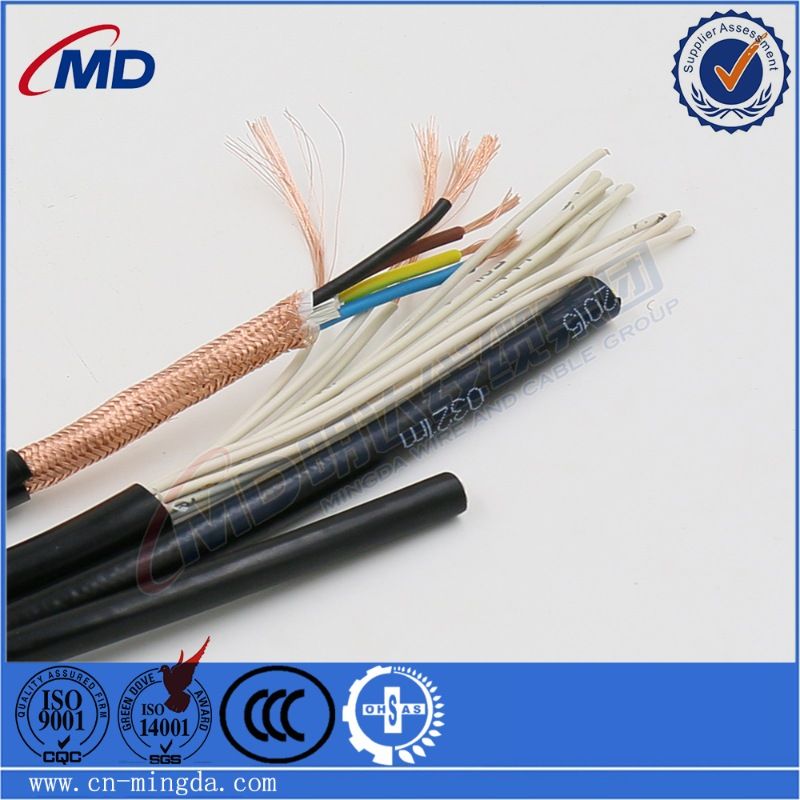9 月 . 02, 2024 20:23 Back to list
Ductile Iron Butterfly Valve - Durable and Efficient Flow Control Solutions
Ductile Iron Butterfly Valves Durability and Efficiency in Fluid Control
Ductile iron butterfly valves are an essential component in modern fluid control systems, offering a unique blend of durability, strength, and efficiency. Often utilized in water treatment, wastewater management, and various industrial applications, these valves play a pivotal role in regulating the flow of liquids and gases. Their design, material, and functionality make them an attractive choice for engineers and operators alike.
The use of ductile iron as the primary material for butterfly valves is one of the key advantages that sets them apart from other types of valves. Ductile iron, also known as nodular cast iron, exhibits exceptional tensile strength and toughness, making it capable of withstanding high pressure and temperature variations. This material's resistance to corrosion, coupled with its inherent ability to absorb impact stress, ensures a longer operational life, reducing the need for frequent replacements and maintenance. Consequently, ductile iron butterfly valves present a cost-effective solution over time, making them a preferred choice in many industries.
The design of the butterfly valve itself is another significant factor contributing to its efficiency. Characterized by a simple structure that includes a rotating disc or butterfly that opens or closes the valve, this design allows for quick and precise control of flow. The disc rotates 90 degrees to either fully open or close the valve, providing a clear and unobstructed path for the fluid. This swift operation not only improves the responsiveness of the flow control system but also minimizes the pressure drop across the valve, leading to energy savings in pumping systems.
ductile iron butterfly valve

Moreover, ductile iron butterfly valves are available in various sizes and pressure ratings, making them suitable for a wide range of applications
. From small-scale residential plumbing systems to large municipal water supply networks, the versatility of these valves ensures they can be integrated into virtually any fluid handling setup. Their adaptability is further enhanced by the variety of sealing technologies available, including soft and metal-to-metal seals, which cater to different operational requirements and service conditions.The installation and maintenance of ductile iron butterfly valves are also streamlined due to their lightweight nature compared to traditional valves made from heavier materials like steel. Additionally, their compact design occupies less space, facilitating easier integration into existing systems. Many manufacturers provide comprehensive guidelines for installation and maintenance, ensuring that operators can achieve optimal performance and longevity from their equipment.
Environmentally, ductile iron butterfly valves contribute to sustainability efforts in fluid management. Their efficient flow characteristics help reduce energy consumption in pumping applications, while their long service life minimizes the environmental impact associated with the production and disposal of valve components.
In conclusion, ductile iron butterfly valves are an ideal choice for various fluid control applications due to their superior strength, lightweight design, and operational efficiency. Whether used in industrial, municipal, or residential settings, these valves offer reliability and long-term performance. As industries continue to seek ways to enhance efficiency and reduce costs, the role of ductile iron butterfly valves will undoubtedly become even more significant in future fluid management solutions.
Share
-
Understanding the Differences Between Wafer Type Butterfly Valve and Lugged Butterfly ValveNewsOct.25,2024
-
The Efficiency of Wafer Type Butterfly Valve and Lugged Butterfly ValveNewsOct.25,2024
-
The Ultimate Guide to Industrial Swing Check Valve: Performance, Installation, and MaintenanceNewsOct.25,2024
-
Superior Performance with Industrial Swing Check Valve: The Essential Valve for Any SystemNewsOct.25,2024
-
Industrial Swing Check Valve: The Ideal Solution for Flow ControlNewsOct.25,2024
-
You Need to Know About Industrial Swing Check Valve: Functionality, Scope, and PerformanceNewsOct.25,2024